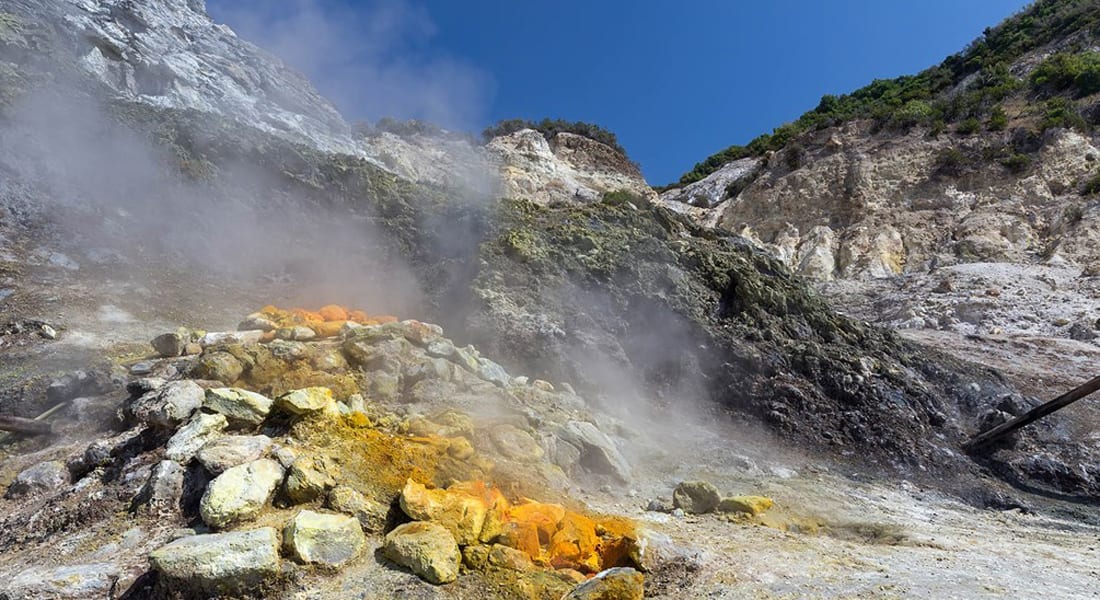Italy’s Campi Flegrei may be awakening from a long slumber, scientists warn.
Vulcanologist James E. Quick, SMU’s associate vice president for research and dean of Graduate Studies, is quoted for his expertise in the magazine National Geographic.
Quick, a geologist in the Huffington Department of Earth Sciences, is quoted in “One of Earth’s most dangerous supervolcanoes is rumbling.” The article was published Dec. 23, 2016.
An expert in volcano hazards, Quick is an expert in geologic science and volcano risk assessment, particularly the study of magmatic systems. He is a Fellow of the American Association for the Advancement of Science.
In 2009 Quick led the international scientific team that discovered a 280-million-year-old fossil supervolcano in the Italian Alps. The supervolcano’s magmatic plumbing system is exposed to an unprecedented depth of 25 kilometers, giving scientists new understanding into the phenomenon of explosive supervolcanos.
Italian geologists in 2010 awarded Quick the Capellini Medal to recognize the discovery. In 2013 an area encompassing the supervolcano won designation as the Sesia-Val Grande Geopark by the UNESCO Global Network of National Geoparks.
Prior to SMU, Quick served a distinguished 25-year scientific career with the USGS, including as program coordinator for the Volcano Hazards Program.
EXCERPT:
By Brian Clark Howard
National Geographic
A long-quiet yet huge supervolcano that lies under 500,000 people in Italy may be waking up and approaching a “critical state,” scientists report this week in the journal Nature Communications.Based on physical measurements and computer modeling, “we propose that magma could be approaching the CDP [critical degassing pressure] at Campi Flegrei, a volcano in the metropolitan area of Naples, one of the most densely inhabited areas in the world, and where accelerating deformation and heating are currently being observed,” wrote the scientists—who are led by Giovanni Chiodini of the Italian National Institute of Geophysics in Rome.
A sudden release of hot magmatic gasses is possible in the near future, which could trigger a large eruption, the scientists warn. Yet the timing of any possible eruption is unknown and is currently not possible to predict….
The scars of another supervolcano were recently found in the Sesia Valley in the Italian Alps. That eight-mile-wide caldera likely last erupted 280 million years ago, when it blasted out a thousand times more material than Mount St. Helens spewed during its infamous 1980 eruption. The result was the blocking out of the sun, which led to global cooling.
“There will be another supervolcano explosion,” scientist James Quick, a geologist at Southern Methodist University in Texas, said in a statement when that volcano was found.
“We don’t know where, [but] Sesia Valley could help us to predict the next event.”
